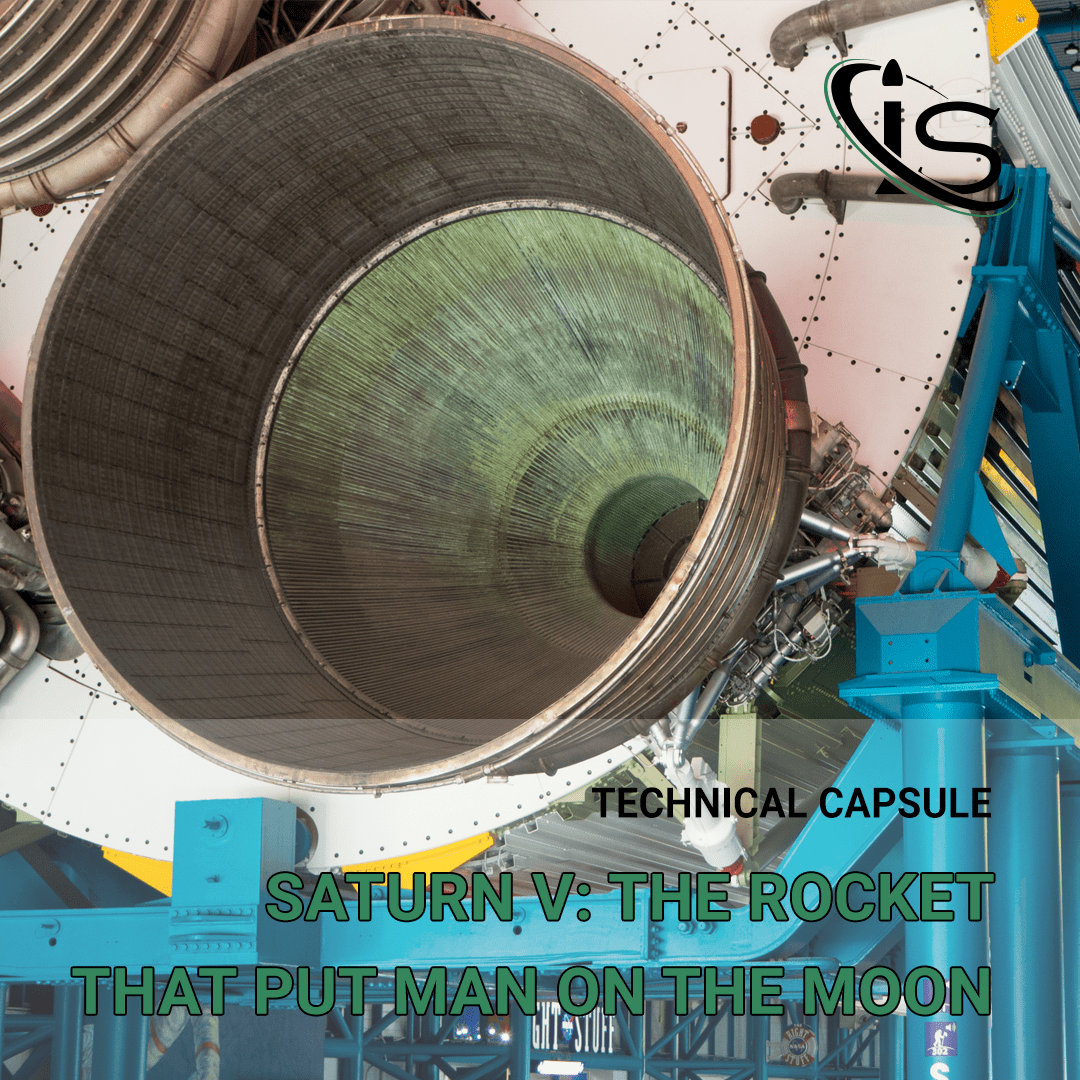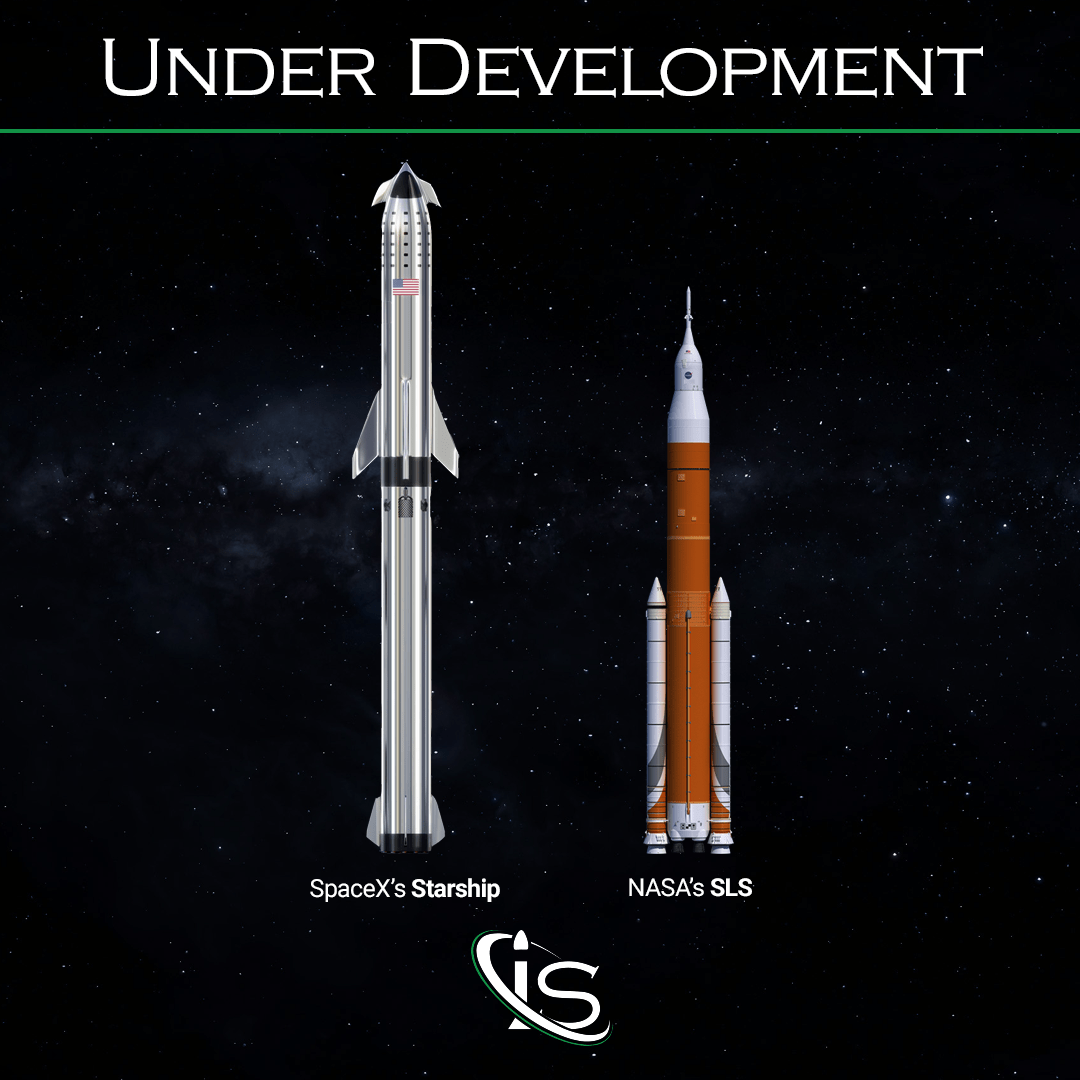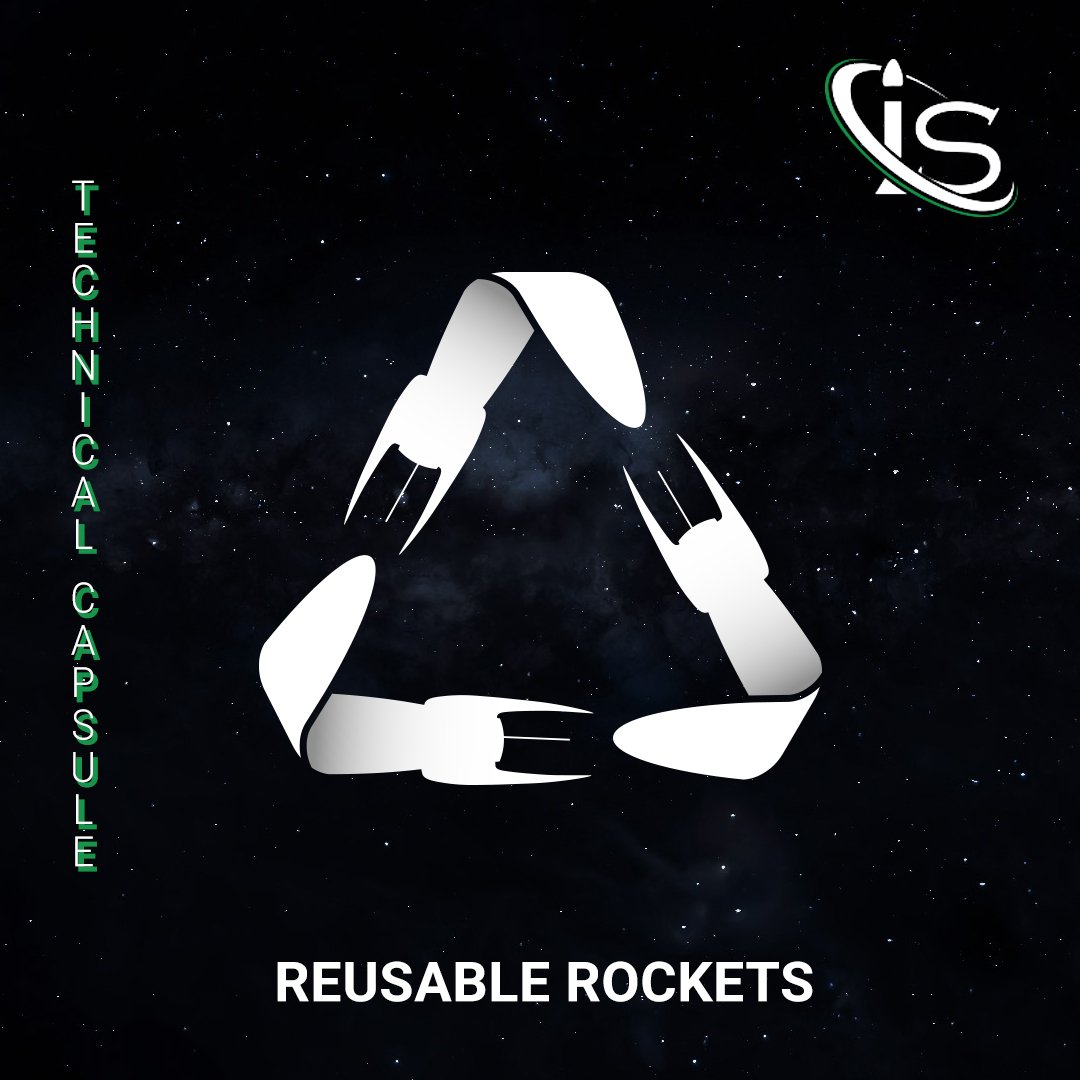Here we are with a new Top article! After the success of The Top 5 Satellite Photos of All Time, we have decided to present the most important space missions in history, as well. Since the number of launch missions is very high, we chose to divide this topic into launches before and after the 2000s. With that out of the way, let’s start with our personal top 10 Space Missions.
10. October 15th, 1997: Cassini-Huygens
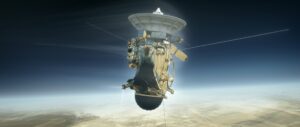
Where? We are in the USA, at the LC-41 located in the Cape Canaveral Air Force Station.
When? At the end of the second millennium, in a moment of great innovation in the space sector.
What? The Titan IV-B, a heavy-lift launch vehicle operated by Lockheed Martin, lifted off with the Cassini-Huygens on board. The mission was a collaboration between NASA, ESA, and ASI composed of the orbiter Cassini and the lander Huygens. The objective of this satellite was the study of Saturn, its moons, and its rings. This was successfully achieved seven years after liftoff on July 1st, 2004. The mission ended just a few years ago, on September 15th, 2017.
9. September 5th, 1977: Voyager 1
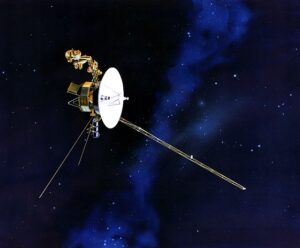
Where? Same place.
When? Twenty years earlier.
What? The little brother of Titan IV-B, Titan IIIE, lifted off with Voyager-1 on board. The Titan IIIE was a three-stage rocket — operative between 1974 and 1977 — and in the Voyager mission, it carried the space probe out of the solar system. The targets, which were successfully reached, were Jupiter, Saturn, and Titan. However, after more than 45 years, the probe is still operative outside of the Solar System. In August 2012, Voyager 1 became the first artificial object to leave the Solar System and the farthest one from the Sun.
8. April 5th, 1990: Pegasus
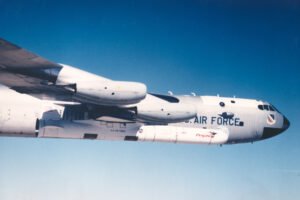
Where? For this launch, we move to California, to the Edwards Air Force Base.
What? NASA’s B52 took off. Took off? Exactly. This is the first launch made from an airplane. Pegasus, a three-stage rocket developed by Orbital Science Corp., was the first-ever air launch in space history. If you want to know more about air launches, check out the Air Launch vs Vertical Liftoff capsule.
7. December 4th, 1996: Mars Pathfinder
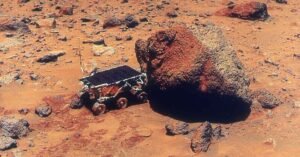
Where? We are back to the East Coast on the LC-17 at Cape Canaveral.
What? The Delta II, a two stage rocket developed and operated by United Launch Alliance, lifted off with NASA’s Mars Pathfinder mission on board. The rocket carried the rover Sojourner which landed on Mars’ Surface, just 7 months after liftoff, in the Ares Vallis.
6. October 4th, 1957: Sputnik-1

Where? Here we are for the first time in this article in the USSR, more precisely in Baikonur.
When? Before the real Space Race started.
What? The rocket Sputnik 8K71PS lifted off with the Sputnik-1 mission on board. The mission took its name from the homonymous satellite carried on board. The Sputnik-1 — which means “Traveling companion” and now, also, “Satellite” or “Moon” — became the first satellite in orbit. The satellite was launched in a 215 x 939 km LEO with an inclination of 65.10° and stayed in orbit for three weeks before getting to low battery.
5. November 20th, 1998: Zarya
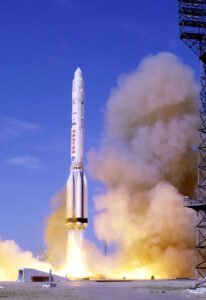
Where? We are still in Baikonur, in Kazakhstan, which became its own state in the meantime.
When? At the end of the second millennium, after the Cold War, NASA and Roscosmos, together with ESA, JAXA, and CSA, worked side by side to develop an intergovernmental station.
What? The station they worked on is the still-active International Space Station, also known as ISS. On November 20th the launch of the first module of the ISS, Zarya, occurred, providing it with electrical power, storage, propulsion, and guidance systems during the initial stage of assembly. Zarya, with a mass of 31100 kg, lifted off on board Proton-K and was deployed at an altitude of about 400km and an inclination of 52.6°, which are the current orbital parameters of the ISS.
4. April 24th, 1990: STS-31 Hubble
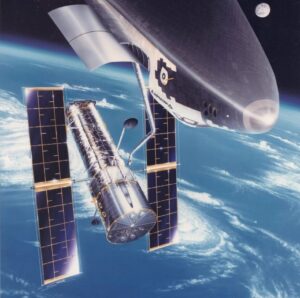
Where? We are back in the US, but we moved to the other coast, in California. The STS-31 mission lifted off from the Edwards Air Force Base.
When? After about 30 Space Shuttle Missions and the retirement of the Columbia and Challenger orbiters, one of the most important satellites in history was deployed.
What? Together with 5 crew members, the Hubble Space Telescope was carried in the Discovery orbiter. The well-known Telescope was deployed in 615-km LEO and is still operating in 540-km LEO.
NASA defined the launch of Hubble as the “most significant advance in history since Galileo’s Telescope.”
3. April 12th, 1981: STS-1
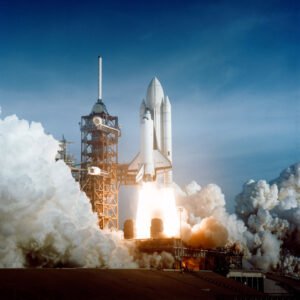
Where? We still are in the US, but this time at the Kennedy Space Center, LC-39A.
When? Almost 12 years have passed since Apollo 11, the Saturn program is over, and another iconic rocket is going to launch for the first time.
What? The Space Shuttle with the Columbia orbiter took off for the first time. This rocket would go on to be active for 30 years with 135 launches with 5 orbiters. Over 350 astronauts from 16 countries flew on it.
The Space Shuttle program was the first important milestone toward Rocket Reusability; the USA and NASA worked side by side for years to develop a rocket with an orbiter that could land exactly like an airplane. If you want to know more about the Space Shuttle program we would be very happy to do a Technical Capsule on this rocket.
2. April 12th, 1961: Vostok 1
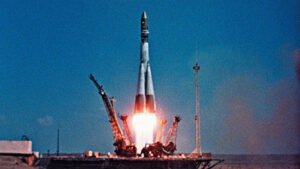
Where? We are in the Baikonur launch site, in modern-day Kazakhstan.
When? In the middle of the Space Race between the USA and the USSR.
What? The Vostok K rocket lifted off with the Vostok 1 capsule on board. The passenger of the Vostok 1 was our old friend Yuri Gagarin (you can find his story in this Historical Milestone). About 11 minutes after lift-off, Gagarin and his capsule reached orbit, making him the first man to go to Space. The journey in space lasted 108 minutes, after which Gagarin ejected himself from the capsule and parachuted back to Earth.
1. July 16th, 1969: Apollo 11

Where? We move to the USA, at the Kennedy Space Center, LC-39A, in Cape Canaveral, Florida.
When? After Kennedy’s iconic speech in 1962, “We choose to go to the Moon”, the Apollo program started. Only 7 years later, Saturn V lifted off with the eleventh Apollo mission, with three astronauts aboard that all deserve a place in history: Commander Neil Armstrong, Command Module Pilot Michael Collins, and Lunar Module Pilot Edwin Buzz Aldrin.
What? The sixth launch of Saturn V lifted off, on July 16th, in the direction of the Moon. After only four days the crew arrived at the Sea of Tranquility, on the Moon’s surface. Armstrong and Collins walked for about three hours on the Moon conducting experiments and collecting samples. They returned home on July 24th.
We have listed our Top 10 Space Missions! Now we are curious to know what yours is. Let’s get jiggy in the chat box.



